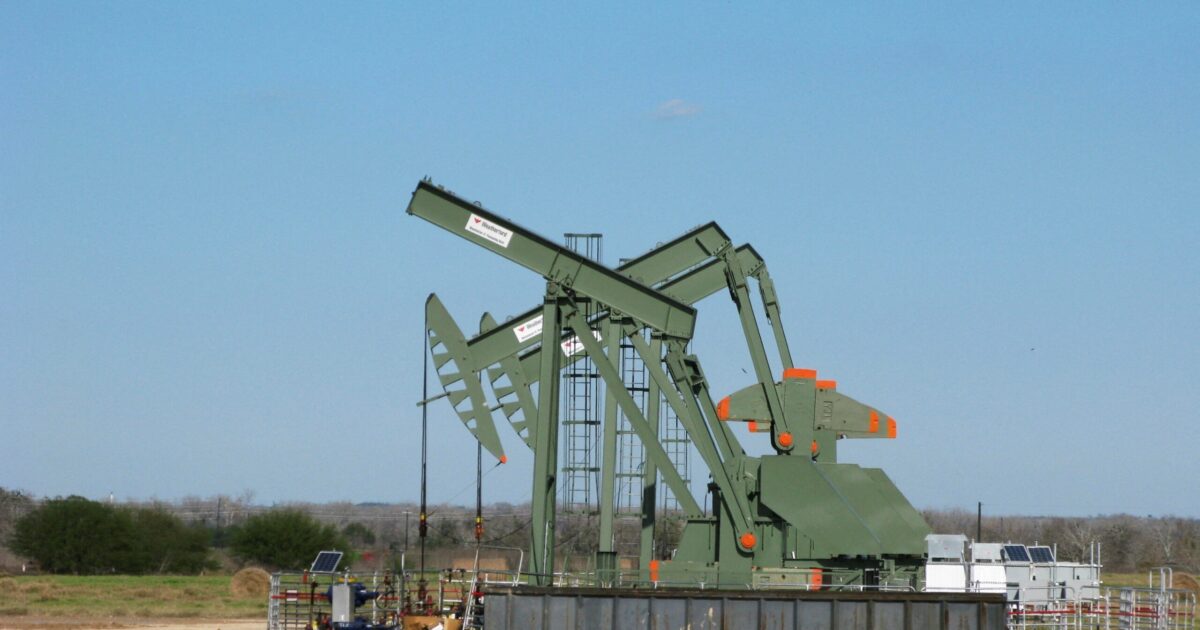It has increased by 7% price of crude oil oil Brent on a weekly basis, reaching 65 dollars a barrel. The increase in the price of oil per barrel was caused by US sanctions against major Russian oil companies Lukoil and Rosneft.
This marks a 180-degree turn in Washington: For the first time, the US government is directly intervening in Russian oil exports, as Handelsblatt notes. Previously, the G7 countries only wanted to use their price ceiling to ensure that Russia sold its oil below world market prices – in order to reduce Moscow’s revenue, while not jeopardizing global market supplies.
That worked only to a limited extent, Bloomberg data shows. Although Russian oil revenues fell by about 1/5 in September compared to a year earlier, this was mainly due to falling prices on the world market and the appreciation of the ruble. However, Russia’s oil exports by ship neared a 16-month high in early October.
After the introduction of the price ceiling on Russian oil, Moscow has created a so-called shadow fleet. Old, poorly insured tankers are carrying Russian oil under false flags, including to India.
While the G7 countries have responded with sanctions, Russia has become increasingly sophisticated at hiding these tanker transports – for example, simply turning off signals from oil tankers at export ports in the Baltic Sea, Black Sea or Arctic. If a tanker is placed on the sanctions list, Russia adds a new tanker to the fleet.
Russia ready for the Shadow Fleet
Russia is now likely to use this infrastructure to circumvent the latest sanctions – and, for example, sell the oil to Asian buyers through intermediaries.
“Exports could decrease in the short term while logistics are reorganized, and discounts are likely to pick up again,” Dmitry Polevoi, chief investment officer at Astra Asset Management in Moscow, told Bloomberg.
Indian refiners have already said they intend to stop buying almost entirely. Until now, India sourced about 36% of its oil imports from Russia. If the country completely gave up oil from Lukoil and Rosneft, this would probably amount to about one million barrels per day. However, India has repeatedly said in the past that it would implement Western sanctions, only to later resume trade with Russia once international interest waned.
The second major buyer is China. Several Chinese state-owned companies have canceled their purchases of Russian oil shipments by sea. However, pipeline shipments are unlikely to be affected by the sanctions, as China processes its payments through a credit system that does not involve Western banks.
How might the price react?
Russia has about a month until the new sanctions take effect. According to UBS analyst Giovanni Staunovo, Lukoil and Rosneft account for about 50% to 55% of Russian crude oil production. “Ultimately, it depends on whether Russia can redirect its exports and whether other buyers can be found.”
However, Staufovo still expects Brent oil to trade in a range of $60 to $70 per barrel. U.S. oil supply continues to see steady growth, and the OPEC+ oil alliance could reduce its cuts further if needed.
OPEC member Kuwait also left that message on Thursday. Kuwait’s energy minister, Tareq Al-Roumi, said OPEC is ready to increase its oil production if demand calls for it. However, he also warned of an increase in prices due to the sanctions.
OPEC+ is gradually returning to the market its previously limited production of 1.66 million barrels per day – one reason why oil prices have recently fallen. Experts, such as the International Energy Agency (IEA), predict an oversupply in the oil market for 2026. Production is expected to exceed demand by nearly four million barrels per day.
